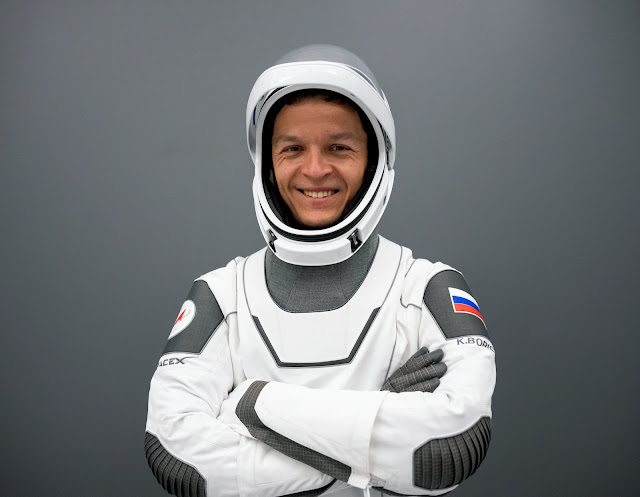Relentless Heat in Mexico & America's Southwest: July 2023 | NASA Earth Science
An unprecedented streak of extreme temperatures scorched the southwestern U.S. in July 2023. Blistering temperatures have lingered in the region for more than three weeks, contributing to delayed air travel and heat-related deaths.
The map here shows air temperatures across the Southwest on July 25, 2023. The map was produced by combining satellite observations with temperatures predicted by a version of the Goddard Earth Observing System (GEOS) model, which uses mathematical equations to represent physical processes in the atmosphere. The map represents temperatures at about 6.5 feet (2 meters) above the ground at about 2 p.m. Pacific Time. The darkest reds indicate temperatures of more than 113°F (45°C). On this day, measurements from a weather station in Phoenix, Arizona, recorded 119°F, topping the daily air temperature record by three degrees.
The desert Southwest is known for its heat, but the duration of the recent extreme temperatures has far surpassed previous records. As of July 26, Phoenix had endured 27 days with maximum temperatures exceeding 110°F (43°C), shattering the previous record of 18 days in a row, recorded in 1974. As of July 27, El Paso, Texas, had suffered for 42 consecutive days at or above 100°F (38°C), which was 19 days longer than its previous record set in 1994.
“The duration and extent of this heat wave has been mind-boggling,” said Brian Kahn, an atmospheric scientist at NASA’s Jet Propulsion Laboratory (JPL). Kahn noted that a ridge of high pressure—or a heat dome—has spread across the southern U.S. Heat domes occur when strong, high-pressure atmospheric conditions trap sweltering heat over large areas.
“There is a close relationship between how hot the surface is and the depth of the heat dome,” said Kahn, “and this particular system has extended high into the atmosphere for weeks on end.”
The extreme heat has affected more than just the Southwest. Temperature records have been shattered throughout the U.S., China, and southern Europe. The heat also precedes July. According to NASA scientists, June 2023 was the hottest June on record.
Kahn and JPL climate scientist Glynn Hulley have previously studied Southern California heatwaves and found that they are becoming more frequent, more intense, and longer-lasting. Kahn noted that although urban development in the Southwest probably exacerbated recent warming—by replacing vegetation with impervious surfaces more likely to trap heat—he noted that anthropogenic climate change was likely contributing to this heat wave.
Extreme heat is the leading cause of weather-related death in the U.S., according to the U.S. Centers for Disease Control and Prevention, causing or contributing to the deaths of more than 700 Americans per year over the past 30 years.
According to a recent report from scientists at World Weather Attribution, the extreme heat seen in the southwestern U.S., China, and southern Europe would have been “virtually impossible” without human-caused climate change.
Image Credit: NASA Earth Observatory image by Lauren Dauphin, using GEOS-5 data from the Global Modeling and Assimilation Office at NASA GSFC
Story Credit: Emily Cassidy.
Release Date: July 25, 2023
#NASA #Space #Satellites #GOES5 #Planet #Earth #Science #Atmosphere #Weather #Meteorology #Mexico #Southwest #AmericanSouthwest #Desert #HighTemperatures #ClimateChange #GlobalHeating #GreenhouseGases #GEOS #AirTemperatureModel #Illustration #UnitedStates #STEM #Education


.jpg)
.jpg)
.jpg)
.png)
EPoD.jpg)








.jpg)





